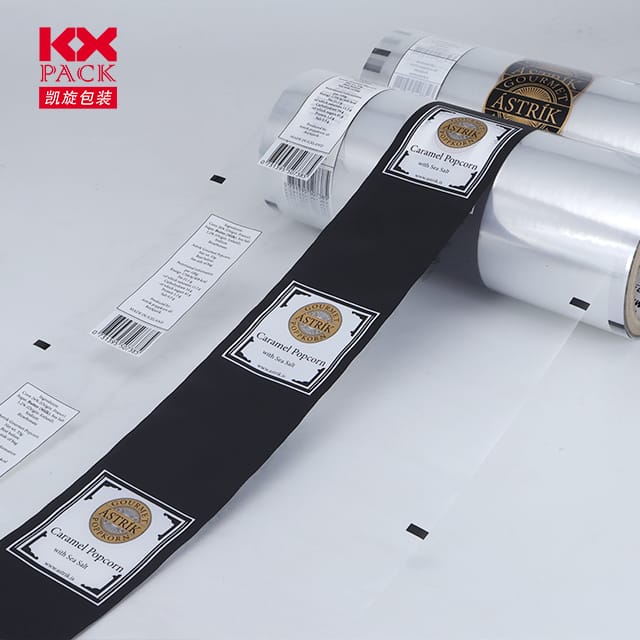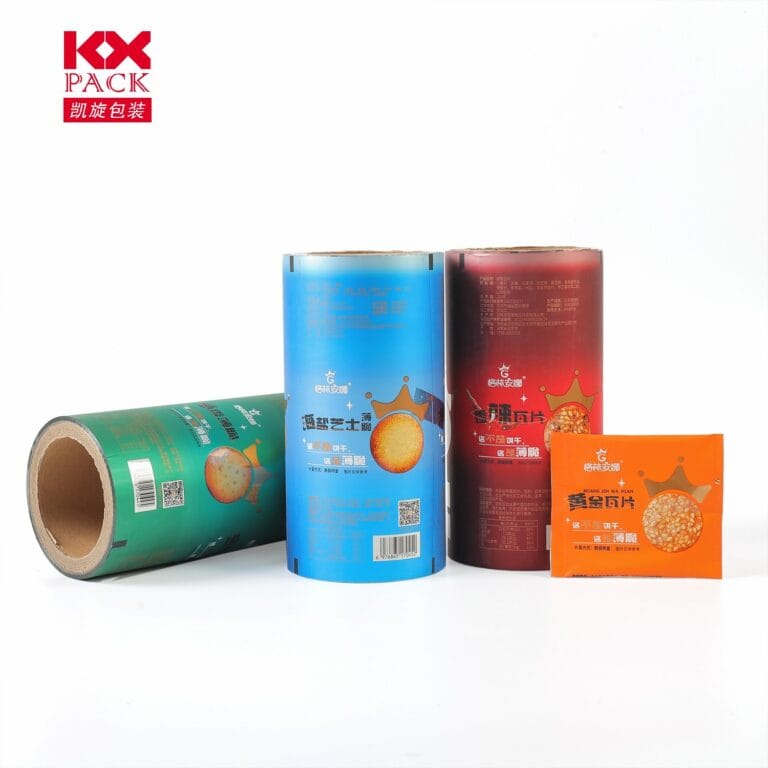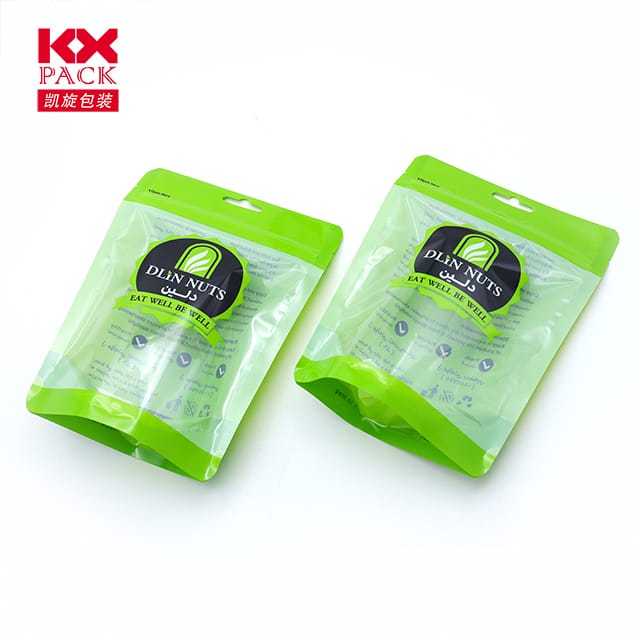식품 포장에서 플라스틱 필름의 양날의 검: 편의 vs. 지속 가능성
플라스틱 필름
In supermarkets worldwide, 플라스틱 필름은 신선한 농산물에서 미리 조리 된 식사에 이르기까지 모든 것을 감아, 신선함을 보장하고 유통 기한을 확장합니다. 아직, 환경 문제로 인해 마운트, 이 투명, 다재다능한 재료는 면밀한 조사에 직면합니다. 식품 포장에서 플라스틱 필름의 역할을 살펴 보겠습니다., 그들의 이점, 단점, 그리고 더 친환경적인 미래를 형성하는 혁신.
1. Why Plastic Films Dominate Food Packaging
Plastic films—thin layers of polymers like폴리에틸렌 (체육), 폴리 프로필렌 (PP), and polyvinyl chloride (PVC)—are ubiquitous for good reason:
- Preservation Power: They act as barriers against oxygen, 수분, 그리고 오염 물질, slowing spoilage. 예를 들어, 수정 된 대기 포장 (지도) uses plastic films to regulate gas levels, keeping strawberries fresh for weeks.
- 비용 효율성: Producing plastic films is cheaper than alternatives like glass or metal, making them ideal for mass-market goods.
- Lightweight and Flexible: Their malleability allows custom shapes for snacks, 고기, and cheeses, reducing material waste compared to rigid packaging.
- 투명도: Clear films let consumers inspect products without opening them, boosting trust and reducing food waste from damaged goods.
2. The Environmental Toll: A Crisis in the Making
Despite their advantages, plastic films contribute significantly to global pollution:
- Single-Use Dominance: Over 80% of plastic films are used once and discarded, ending up in landfills or oceans. ㅏ 2022 study found that plastic packaging accounts for 46% of global plastic waste, with films being a major culprit.
- 재활용 도전: Most films are non-recyclable due to contamination (예를 들어, food residue) or mixed materials (예를 들어, PE combined with adhesives). Only 4% of plastic films are recycled in the U.S., per the EPA.
- Microplastic Menace: Degraded films break into microplastics, infiltrating ecosystems and even human bodies. Research suggests the average person ingests 5 grams of microplastics weekly—equivalent to a credit card.
3. Innovations Redefining Plastic Films
The industry is pivoting toward sustainability through these breakthroughs:
- Biodegradable Alternatives:
- Polylactic acid (PLA): Derived from corn starch, PLA films decompose in industrial composters within 90 날. 같은 브랜드 자연 워크 are using PLA for fresh salads and sandwiches.
- Cellulose-based Films: Made from plant fibers, these films are edible and home-compostable. 회사가 좋아합니다 유형 offer compostable wraps for granola bars and coffee pods.
- Advanced Recycling Technologies:
- 화학적 재활용: Processes like pyrolysis break down mixed plastics into raw materials for new films. Nestlé and Danone are investing in this tech to recycle flexible packaging.
- Enzymatic Breakdown: Startups like Carbios use enzymes to depolymerize PET films into reusable monomers, closing the loop.
- Smart Films for Extended Shelf Life:
- 활성 포장: Films infused with oxygen scavengers 또는 항균제 (예를 들어, silver nanoparticles) can double the lifespan of perishables like meat and cheese.
- Edible Coatings: Thin layers of chitosan (from shellfish) 또는 beeswax create breathable barriers, reducing reliance on synthetic plastics.
4. 앞으로 도로: Balancing Practicality and Planet
While innovations are promising, systemic changes are needed:
- Policy Push: Governments must enforce extended producer responsibility (EPR) laws, requiring brands to fund recycling infrastructure. The EU’s Single-Use Plastics Directive bans non-compostable films by 2030.
- Consumer Behavior Shifts: Educating shoppers to opt for reusable containers or bulk purchases can cut film use. Zero-waste stores, which allow customers to fill their own jars, are gaining traction.
- Industry Collaboration: The와 같은 이니셔티브 New Plastics Economy Global Commitment unite 500+ companies to eliminate problematic plastics and boost recycled content in films.
결론: Rethinking the “Wrap” on Food Packaging
Plastic films are a testament to human ingenuity—protecting food, reducing waste, and enabling global food trade. 아직, their environmental cost demands urgent action. 생분해 성 물질을 수용함으로써, investing in recycling tech, and redesigning systems for circularity, we can preserve both convenience and the planet.
Next time you unwrap a snack, 스스로에게 물어보세요: Could this film be part of the solution, not the problem? Share your sustainable packaging hacks in the comments! 🌍🍴






